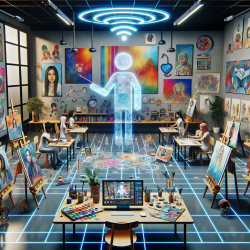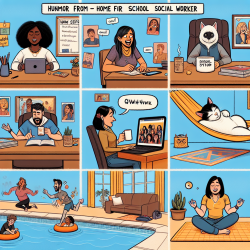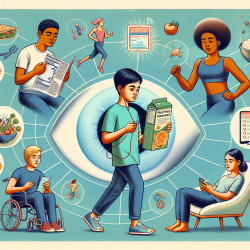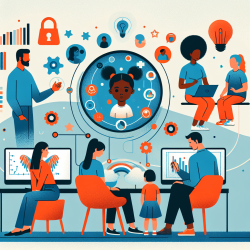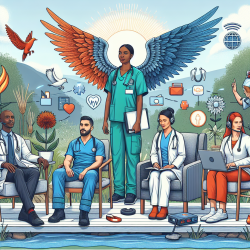The COVID-19 pandemic has transformed the landscape of therapeutic practices, including creative arts therapy in the education system. A recent study, "Creative Arts Therapy in the ‘Remote Therapeutic Response’ Format in the Education System," provides valuable insights into how creative arts therapists have adapted to this new format. This blog will explore key findings from the study and offer practical recommendations for therapists looking to enhance their remote therapy skills.
Understanding the Transition to Remote Therapy
The transition to remote creative arts therapy was marked by a range of emotional experiences among therapists. Many reported feelings of confusion, stress, and the need for rapid adaptation. Despite these challenges, therapists found ways to adjust by learning new techniques and incorporating digital tools into their sessions.
Key Domains and Implementation Strategies
The study identified seven key domains that emerged from the therapists' experiences:
- Emotional experiences of transitioning to a remote therapeutic response
- Implementation of the remote therapeutic response
- Benefits of remote creative arts therapy
- Challenges in remote creative arts therapy
- Remote contact with parents
- Working in the educational system
- Insights and recommendations
These domains provide a comprehensive framework for understanding the complexities and opportunities of remote creative arts therapy.
Benefits and Challenges
One of the significant benefits of remote therapy is the continuity it offers, especially during periods of lockdown or illness. Therapists noted that remote sessions allowed them to maintain a connection with their clients, which was crucial for ongoing therapeutic progress. Additionally, some clients, particularly those on the autism spectrum, showed improved engagement and communication in a remote setting.
However, remote therapy also presents challenges, such as technical issues, limited access to art materials, and the difficulty of reading body language. Therapists had to find creative solutions, such as using household items for art projects or leveraging digital tools like Zoom's whiteboard feature.
Practical Recommendations
Based on the study's findings, here are some practical recommendations for therapists looking to improve their remote therapy skills:
- Embrace Flexibility: Adapt your therapeutic approach to fit the remote format, and be open to new methods and tools.
- Leverage Technology: Utilize digital platforms and features to enhance engagement and creativity in sessions.
- Maintain Boundaries: Clearly define session times and boundaries to avoid burnout and ensure a structured therapeutic environment.
- Enhance Communication: Foster open communication with parents and educational staff to support the therapeutic process.
- Continue Professional Development: Engage in webinars, conferences, and peer supervision to stay updated on best practices and new research.
Conclusion
While remote creative arts therapy may never fully replace face-to-face sessions, it offers unique opportunities and challenges that can enhance therapeutic practices. By embracing flexibility, leveraging technology, and maintaining clear boundaries, therapists can continue to provide effective and meaningful support to their clients.
To read the original research paper, please follow this link: Creative Arts Therapy in the “Remote Therapeutic Response” Format in the Education System.
